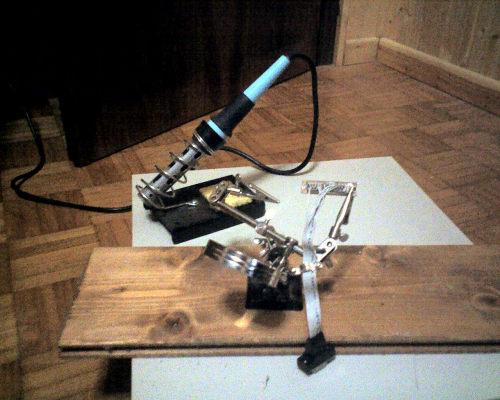Today I decided it was time to try the nullmodem cable, so I put the Ultra5 where it belonged, and connected it to the only port I recognised as a serial port, a DE-9M connection. After trying to understand what the hell was happening, I dropped by #gentoo-sparc, and Weeve tells me the bad news: the serial port I need is the DB-25 one, that’s also a DB-25-F port, of the wrong genre, even if I were to find a DE-9 to DB-25 connector (that I know I have somewhere in my house, but where I’m not sure), I wouldn’t be able to use it.
And if I struggled to find a nullmodem cable, how many possibilities to find a genderswap converter would I have had? Very little I’m afraid.
But I’m not the kind of person refusing a challenge, so I thought a bit about it and I found I had a DB-25-M connector, the solderable kind, and I knew I had some DE-9-F connectors often used to move ports out of a motherboard, if you ever touched a Pentium-class or older computer you know them. I looked up a pinout of them, with a simple schematic for the DE-9<->DB-25 conversion, and took my soldering kit.
For a while I tried to solder against gravity, but after ten minutes, I started to see a pattern and decided to reverse the connector, soldering was way easier.
Actually at the first series of soldering I ended up swapping the cable 8 and 9 (of the DE-9), so I got data out of the sparc, but wasn’t able to send commands to it.
After fixing that, i was finally able to connect the serial console of the SPARC to enterprise and controller the boot using minicom.
I’m pretty happy of how the soldering ended up, I never worked on such little connections, now I know I’m able to do it, even if at the start my hands trembled a bit too much, but it’s probably also caused by the fact that I’m soldering laid down on the floor, as I don’t have a working table.. I need to buy one.
Danny, this should cover for the nullmodem cable I bought rather than build myself 😉


